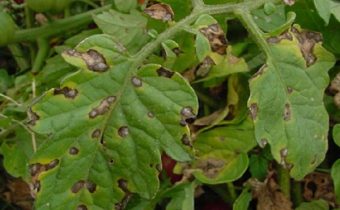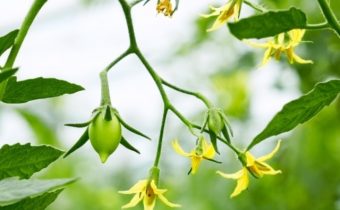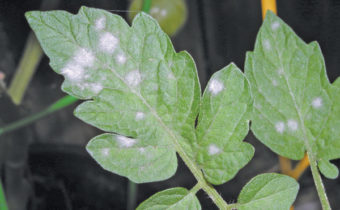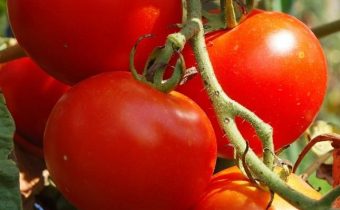The green manure for tomatoes in the greenhouse
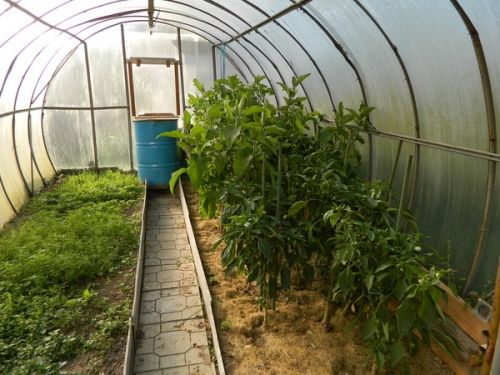
Having considered the situation, the question arises: "Which siderats to plant in the fall in a greenhouse for tomatoes?". And the answer is simple - do not wait for autumn.
Sowing time
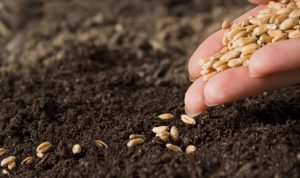 Very often for sowing a sidereal culture, vegetable growers wait until the moment of complete harvesting of the main crop. However, in the greenhouse tomatoes bear fruit until late autumn, and even with the onset of a significant cold snap on the branches, quite weighty fruits still weigh.
Very often for sowing a sidereal culture, vegetable growers wait until the moment of complete harvesting of the main crop. However, in the greenhouse tomatoes bear fruit until late autumn, and even with the onset of a significant cold snap on the branches, quite weighty fruits still weigh.
Looking at all the peculiarities of the tomato production technology, planting of green mans in the greenhouse should not be delayed until late autumn; it is necessary to sow in August. During this period, the lower leaves have already been cleaned, under the bushes lies mulch, and under it is warm and humid. Sowing the soil with sideratami and get a huge effect from this can and should be.
Rinse off the mulch, sow the green manure mixture and cover with all the mulch that has been otgrebli. Water and wait for seedlings. The appeared greens will begin to grow very quickly. As soon as it reaches a height of 25-30 cm, mow or cut. Further growth will no longer be so lush, as the temperature background drops and the illumination decreases, but the green carpet will slowly increase, becoming lush.
See also: Varieties of tomatoes of Siberian selection with photos and descriptions
Choice of culture
Choosing siderata for tomatoes in the greenhouse does not make sense to give preference to any one type. A mixture of cultures is a stick wand, which will provide:
- increase nitrogen levels in upper soils;
- lift minerals from deep soil layers;
- make the minerals biologically available;
- suppress the growth of pathogenic microflora;
- eliminates the need to completely replace the soil;
- improve the physical structure of the soil.
Each vegetable grower is free to make a mixture for tomatoes, taking into account his experience, knowledge, climatic conditions and soil. However, you can take advantage of someone else's growing experience and try it in your greenhouse.
Recruitment
A mixture of crops for planting tomatoes should consist of:
- cereal;
- legumes;
- cruciferous.
Cereals
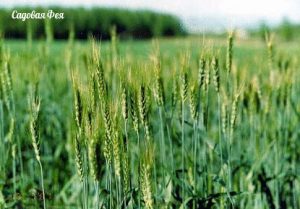 The basis of the sideral mixture are cereal ones; oats or rye may be preferred.
The basis of the sideral mixture are cereal ones; oats or rye may be preferred.
In simultaneous crops, these cultures behave restrained and tolerant. Those who practice snow falling asleep in a greenhouse are not worth refusing; cereals will take it as it should.
In spring, the grass will continue to grow until the planting of tomato seedlings. Mowing grass can not be removed, and used as mulch. If compacted plantings of vegetable green crops are practiced, then the grains are harvested in the compost or dug.
Particularly well cereal cultures transform potassium into available forms. This element plays a major role in carbohydrate and nitrogen metabolism. Potassium affects the strength of tomato stems and the accumulation of sugar content of fruits. With a lack of this element, the formation of buds is delayed.
See also: Tomato "Mazarin": characteristics and description of the variety, reviews
Legumes
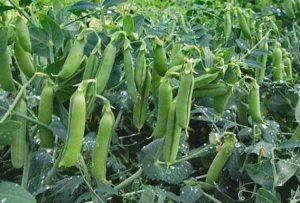 If there is a shortage of nitrogen, then legumes can not do. Assimilating nitrogen from the air, and fixing it with the help of nodule bacteria, and giving it to the soil, the plants of this group carry out work on the nitrogenous feeding of tomato bushes. The utilization rate of plant-based nitrogen in tomatoes is almost two times higher than that of mineral origin.
If there is a shortage of nitrogen, then legumes can not do. Assimilating nitrogen from the air, and fixing it with the help of nodule bacteria, and giving it to the soil, the plants of this group carry out work on the nitrogenous feeding of tomato bushes. The utilization rate of plant-based nitrogen in tomatoes is almost two times higher than that of mineral origin.
As an additive as the best siderat for tomatoes use Vika.This culture gets along well with oats and enriches the soil with nitrogen, and tomatoes are very favorable to it, increasing the yield by half.
Cruciferous
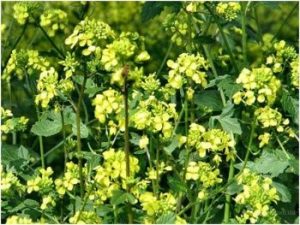 The cruciferous sideratov root system is abundantly “hung” with bacteria. For their livelihood, you need iron. This element is very much in the soil, but it is in an inaccessible form, but microorganisms translate it into affordable and cruciferous with pleasure consume it. Iron, in turn, is also necessary for pathogenic fungi, but the cruciferous plants so skillfully “take away” it that the fungus simply does not have time to consume it. The mechanism of cruciferous crops fungicidal action for protecting tomatoes from phytophthora is based on this.
The cruciferous sideratov root system is abundantly “hung” with bacteria. For their livelihood, you need iron. This element is very much in the soil, but it is in an inaccessible form, but microorganisms translate it into affordable and cruciferous with pleasure consume it. Iron, in turn, is also necessary for pathogenic fungi, but the cruciferous plants so skillfully “take away” it that the fungus simply does not have time to consume it. The mechanism of cruciferous crops fungicidal action for protecting tomatoes from phytophthora is based on this.
One of the best crops is mustard. In the summer it is sown in a mixture with other cultures. Some growers practice mustard crops in February-March; dotted, sparse sowing allows planting seedlings of tomatoes between these plantations without destroying the green manure.
During the entire vegetative period, mustard is pruned, avoiding the budding phase.
Sometimes, growers find out: “What are the best siderats for tomatoes to sow in the fall - mustard or rape?” However, experience shows that these are not mutually replacing crops, but complementary to each other.
Rapeseed belongs to the cabbage family. Its plant tissues are very delicate and, after mowing, after being mowed down, they are quickly decomposed by microorganisms and turn into nutritive elements for tomato.
Make up the proportion
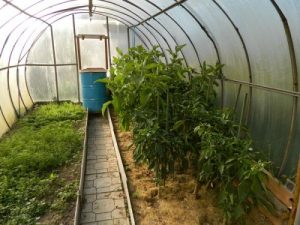 Deciding to resort to a mixture of sideratov, and not to any particular, you need to find out which part will belong to one or another. Experienced vegetable growers who cultivate tomatoes in a greenhouse in a monoculture without crop rotation have come to the conclusion that this is possible without turning the soil, but using the services of green manure.
Deciding to resort to a mixture of sideratov, and not to any particular, you need to find out which part will belong to one or another. Experienced vegetable growers who cultivate tomatoes in a greenhouse in a monoculture without crop rotation have come to the conclusion that this is possible without turning the soil, but using the services of green manure.
The composition of the mixture is introduced:
- oats - 100 pieces;
- Vika - 30;
- mustard - 30;
- canola 30.
Crop seeds are mixed together and sown with a fairly generous hand. The mixture has proven itself on light soils, as well as on heavy, requiring improvement of the structure.
Those who carry out crops such a mixture from year to year, recommend it as a universal, not requiring additional adjustments.
If sowing is carried out in the period when tomatoes continue to bear fruit, after its completion, the tomato plant is not dug up by the roots, but is cut at ground level. By the fall, the siderats form a solid green carpet. Even if during severe frosts the bottom of the crop leaves, the others will pick up the baton and take its place.
See also:When to plant tomatoes for seedlings in 2018?
Phacelia in the greenhouse
Many vegetable growers have fallen in love with this not capricious culture, while she herself is both beautiful and useful.
If the greenhouse is used at 100% and the vegetable grower alternates crops and grows early green crops such as spinach and radishes, and then tomato crops are planted, then the phacelia becomes indispensable.
Sow phacelia in August September. It forms a wonderful carpet, and leaves before winter, without forming self-seeding. Some growers practice mowing, but this is not necessary.
In early spring, everything is carefully digged and buried. Early crops are planted, and after they are harvested, tomatoes are planted.
In this case, phacelia:
- enriches the soil with potassium and nitrogen;
- helps to eliminate wireworms;
- lowers acidity;
- makes the soil breathable and loose.
Phacelia itself is durable, tolerates drought, is unpretentious to the soil, as the precursor is suitable for all crops except cucumber.
By applying a green manure mixture under the tomatoes in the greenhouse, it is possible not only to improve the structure of the soil, but also to carry out sanitization without the expense of effort and money.Siderates become more and more popular for a reason, they will help to enrich the soil, without resorting to the mineralization of the soil, which will affect both the quantity of the crop and the quality. Growing a tomato, you want to taste its sweetness and to know the true enjoyment of taste, which can be achieved only with the balance of nutrients.


